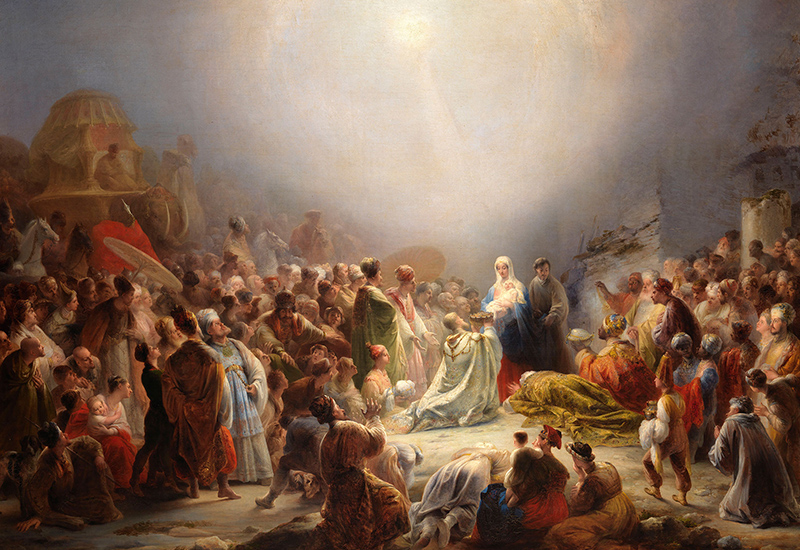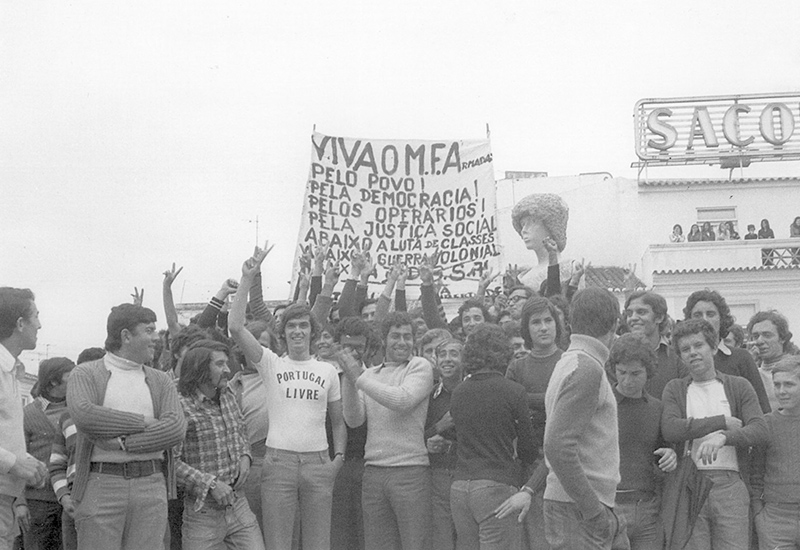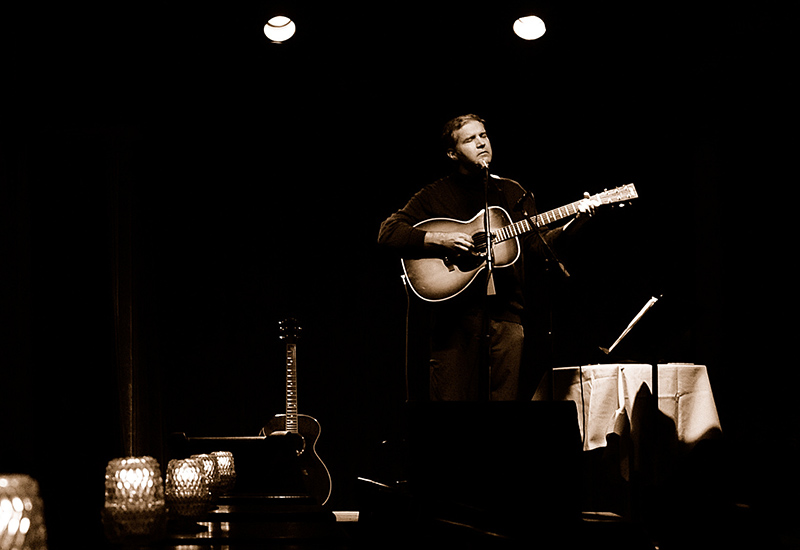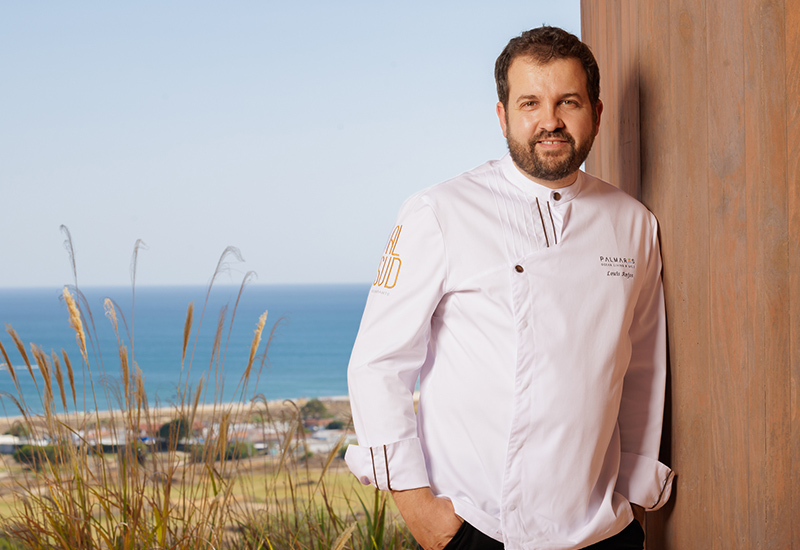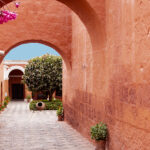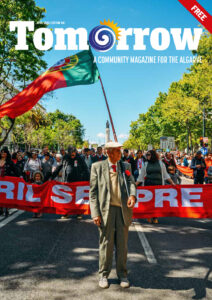The sixth of January marks the start of Epiphany, known as the Twelfth Night, when the Three Kings arrived in Bethlehem to visit the baby Jesus. Bearing gifts of gold, frankincense and myrrh, the kings are celebrated on this day all around the world, especially here in Portugal, where it is known as Dia de Reis or the Day of the Kings.
Although Dia de Reis is not a public holiday, this doesn’t stop many from gathering with friends and loved ones for a great feast to kick-start the New Year and to round off the Christmastide festivities as we enter into Epiphanytide in the liturgical calendar. Roasted bacalhau (cod fish with potatoes), walnuts, apples, chorizo, and black pudding make up the staple of many dining tables on the Day of the Kings, but it wouldn’t be complete without bolo rei or king cake. The colourful sticky bun decorated with crystallised fruit has become the Christmas cake of Portugal and is especially enjoyed as a dessert for this holy celebration just as its name suggests.
Another favourite has to be roasted chestnuts, a traditional wintertime snack that is enjoyed all around the world and plays a symbolic role during this time of year. Legend has it that the Roman soldier St. Martin stumbled across a beggar, dressed in rags, freezing in the icy cold weather. St. Martin took off his cloak and cut it in half to share with the beggar. This became known as “cutting the cloak” and the action of cutting the skin of a chestnut to warm on a fire and open up the goodness of the nut inside came to represent St. Martin’s generosity and the gift of giving as reminded by the three kings.
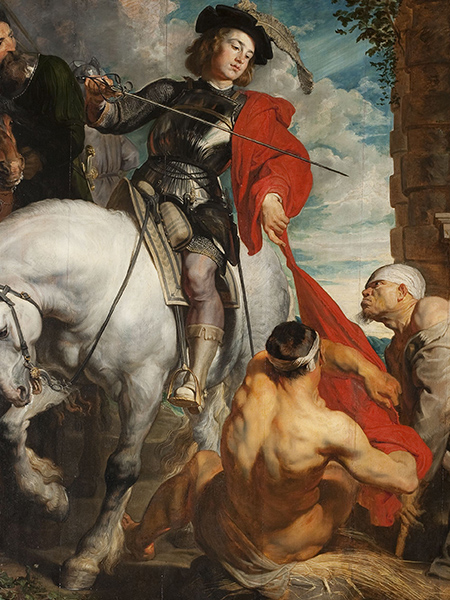
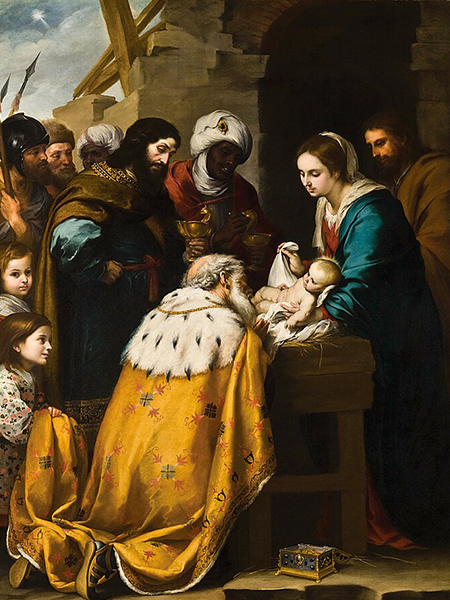
While a special Epiphany mass will be held in churches across the country, school children partake in crown-making classes, using gold and silver paper to commemorate the arrival of the three kings. Often, these symbolic crowns would be blessed with holy water, which was consecrated during the Epiphany mass. Throughout Epiphany, many join in to sing carols (known as janeiras) around town to announce the birth of Christ, knocking from door to door and serenading locals with flutes, violas, and tambourines, often receiving a mix of fruits and nuts for sharing a little bit of Christmas cheer.
On the island of Madeira, it is traditional for troupes to walk the streets at night, playing music much like the janeiras on mainland Portugal but singing Cantar os Reis (Song of the Kings). In more modern times, Madeira has become known for its outdoor concerts called Concerto de Reis or Concert of the Kings, a tradition which has also spread to Serta and Porto.
One ancient Epiphanytide tradition, which I wrote about last year, is ’chalking the door’, a practice common amongst Roman Catholics, whereby sticks of chalk are blessed during the Epiphany service and used to inscribe the year and initials of the three kings on a door to protect the home for the year ahead. The initials C M B can also represent the Latin blessing ‘Christus mansionem benedicat’ (may Christ bless this house). This year’s inscription should be written as 20 + C + M + B + 24.
Along with ‘chalking the door’ is the Epiphany swim, where some go out to brave the elements for a swim in the ocean or a nearby river or lake. Though common in Eastern Europe, where the weather at this time of year is much colder than temperatures in the Algarve, for some, it’s still a tradition to take a swim and dunk one’s self underwater three times, representing the Father, Son, and Holy Spirit, in remembrance of Christ’s baptism in Bethany beyond the river Jordan.
Little is known about the lives of the three kings, who were made saints in the VIII century; however, a sliver of information can be found in the Gospel of Matthew 2:1–12. Following the star in the east towards Bethlehem, where the baby Jesus lay, the three wise men or the three magi, representing the continents of Arabia, Africa and Asia, didn’t all arrive on camels despite common belief. It is thought that only King Caspar rode on a camel, while King Melchior and King Balthazar rode on a horse and an elephant, respectively. The kings’ country of origin has been disputed for centuries, and whether they were kings or astrologers/astronomers remains an open debate. The meaning behind the gifts of gold, frankincense, and myrrh, however, is known. King Caspar carried gold as a symbol of kingship on earth, King Balthazar gifted frankincense to resemble deity, whilst King Melchior, the oldest of the three kings, presented myrrh as a symbol of death. This belief can be traced back to Book 1 (Origen) in Contra Celsum, which states, “gold, as to a king, myrrh, as to one who was mortal, and incense, as to a God.”
Whilst we all know the story of Christ, his birth, baptism, crucifixion, and his death and resurrection, not much is known about the three kings after their visit to Bethlehem. However, it is believed that the tomb of the three kings is situated behind the high altar of Cologne Cathedral in Germany, some 4,290 kilometres from Bethlehem in Israel. Gilded in gold, the decorated triple sarcophagus is thought to be the largest reliquary in the western world.
The relics of the three kings were originally held in Constantinople before they were brought to the Basilica of Sant’Eustorgio in Milan by Bishop Eustorgius I on the orders of Emperor Constantine in 314 AD. By 1164, Holy Roman Emperor Frederick Barbarossa took the relics and gave them to the Archbishop of Cologne, Rainald of Dassel, who interred them in Cologne Cathedral. In 1199, King Otto IV gave the cathedral three golden crowns that were believed to have been made for the three kings. Given the historical and cultural importance of this shrine, the coat of arms of Cologne shows three crowns symbolising the three kings who rest within the city’s cathedral.
As pilgrims will flock to the shrine in Cologne on 6 January, the three magi will be remembered across Portugal through the song and dance of the janeiras, through crown-making competitions in schools and, of course, by those of us who will be chalking the door and taking an Epiphany swim.
Whatever way you will be celebrating the Dia de Reis, I hope you have a happy Dia de Reis and I wish you all a prosperous and peaceful New Year!
“When they saw the star, they rejoiced with exceeding great joy. And when they were come into the house, they saw the young child with Mary his mother, and fell down, and worshipped him: and when they had opened their treasures, they presented unto him gifts; gold, and frankincense and myrrh.”
– Matthew 2:10–11
Main photo © A Adoração dos Magos 1828 Domingos Sequeira, Public domain, via Wikimedia Commons
